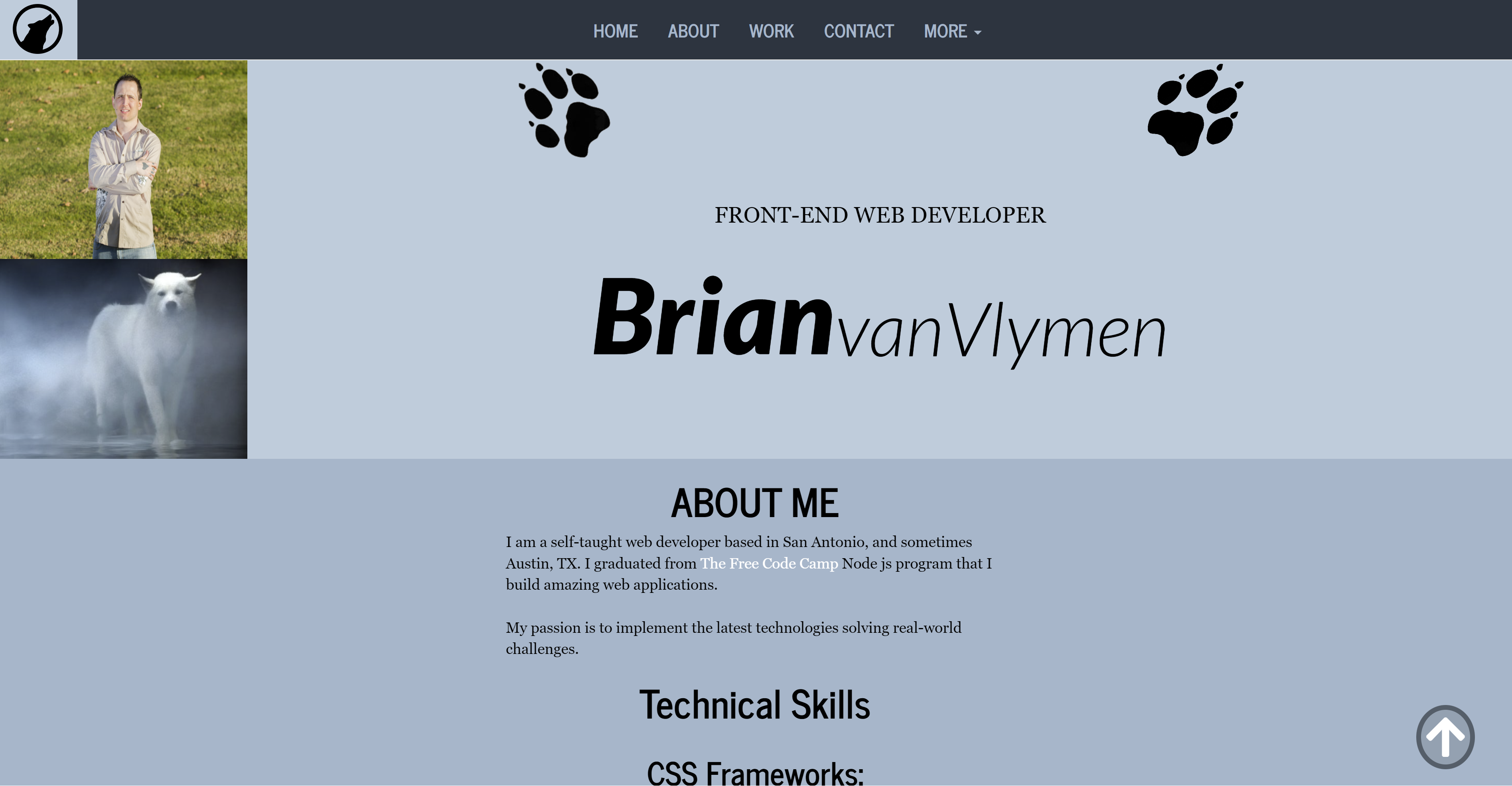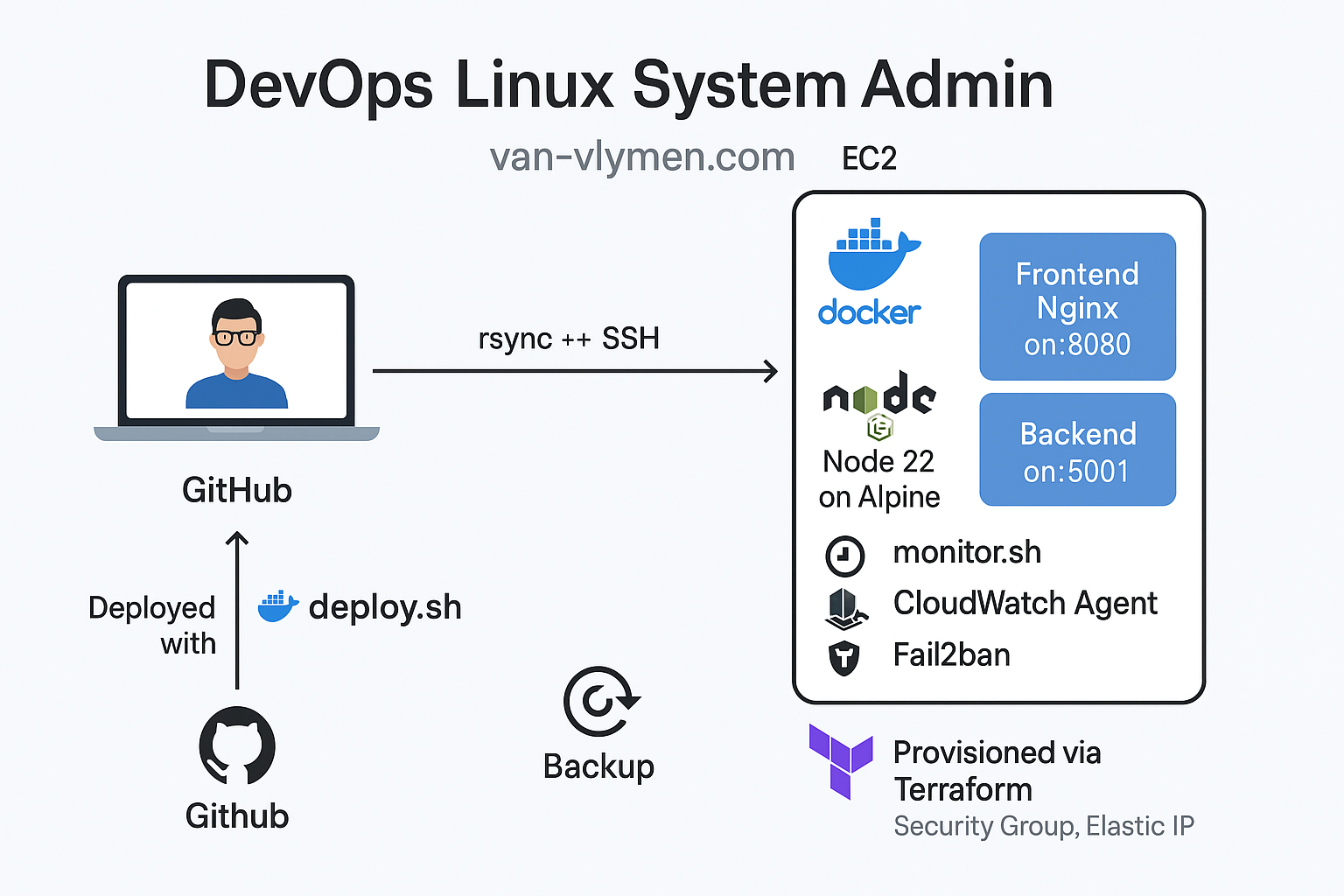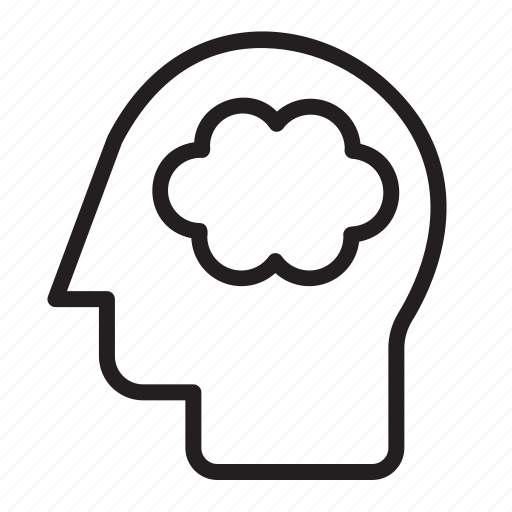About Me

Hi, I'm Brian van Vlymen — a self-driven front-end developer with a passion for clean design and DevOps best practices. With a background in computer science, I specialize in creating engaging, accessible, and scalable web applications.
I enjoy building fast, animated UIs using tools like Next.js, Tailwind CSS, GSAP, and deploying them with AWS EC2, Docker, and Terraform. Whether it's crafting responsive layouts or automating deployments, I'm excited about solving real-world problems with code.
When I'm not coding, you'll find me exploring automation, learning new tools, or growing blueberries under the Texas sun.
Services
Responsive Web Design – Ensuring seamless experiences across all devices.
Frontend & Backend Development – Building interactive UIs with React, Tailwind CSS, and JavaScript.
Performance Optimization – Writing clean, efficient, and scalable code.
Web Animations & Effects – Creating smooth and engaging user experiences.
💡 My goal? To bring ideas to life with code and create visually stunning, user-friendly websites that make an impact.
Let's build something amazing together! 🚀💻
PROJECTS

Interactive Front-End Developer Showcase
A responsive, animated portfolio showcasing front-end skills using Pug, Tailwind CSS, GSAP, and Express. Features scroll-triggered animations, mobile-first design, accessibility, and SEO. Built to demonstrate real-world UI/UX and modern web development practices.

DevOps Linux System Admin
A full-stack Dockerized project deployed on AWS EC2 using Terraform, bash automation, and monitoring tools. Includes infrastructure as code, rsync-based deployment, daily cron logging, and fail2ban security.

E-commerce Platform
A full-stack e-commerce web application built with the MERN stack (MongoDB, Express, React, Node.js). It features user authentication with Passport.js, dynamic product listings, shopping cart functionality, user profiles, and product review submission. The platform includes role-based access, responsive UI design, and real-time feedback with toast notifications. Reviews are posted and automatically scrolled into view with visual highlights for seamless UX. Deployed on an AWS EC2 instance using Docker and automated with Bash scripting





FAST
Fast load times and lag free interaction, my highest priority.
RESPONSIVE
My layouts will work on any device, big or small.
INTUITIVE
Strong preference for easy to use, intuitive UX/UI.
DYNAMIC
Websites don't have to be static, I love making pages come to life.
FULL-STACK
Both user-facing and server-side aspects of web applications.